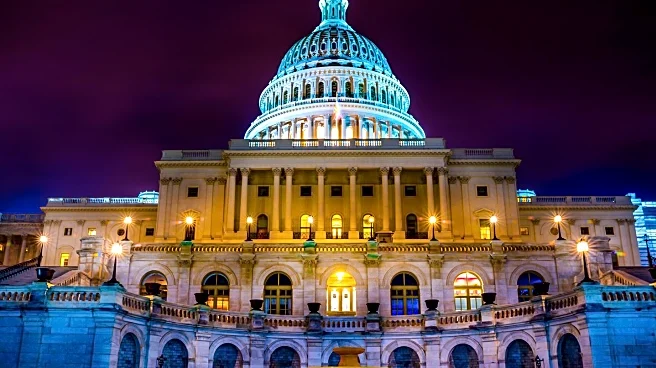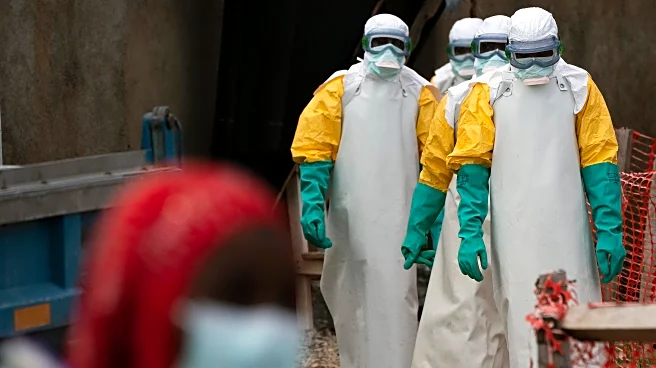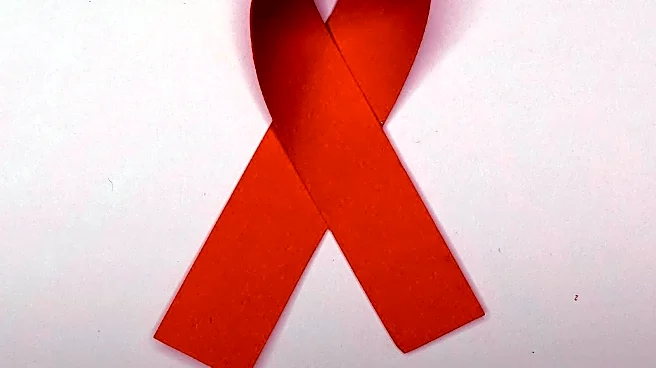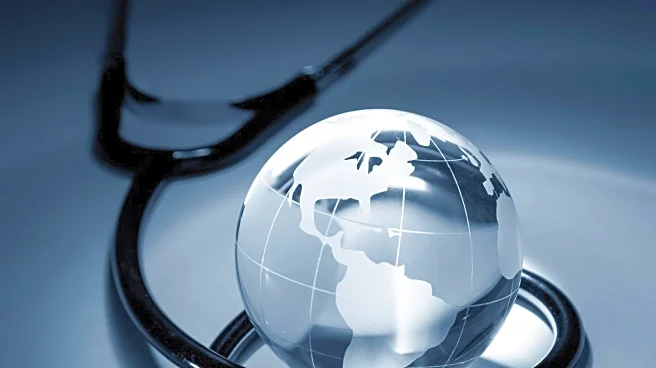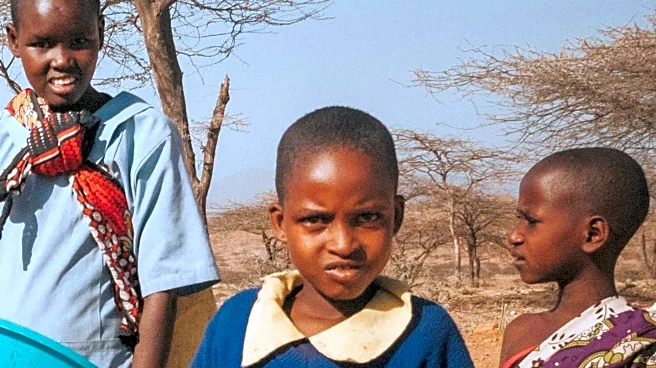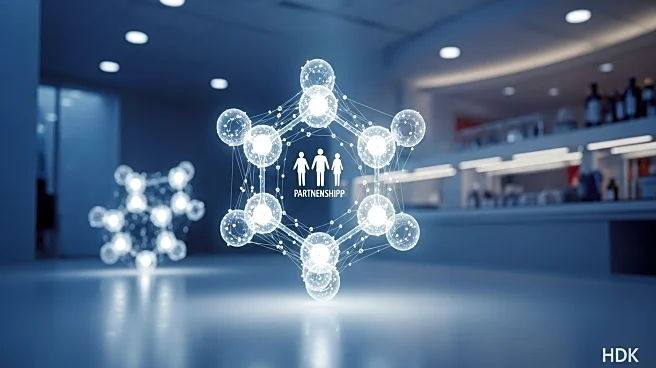What's Happening?
The World Health Organization (WHO) has updated its Model Lists of Essential Medicines (EML) and Essential Medicines for Children (EMLc), adding new treatments for cancer, diabetes, and other conditions. This marks the 24th edition of the EML and the 10th edition of the EMLc. The lists serve as a basis for public sector procurement and health insurance schemes in over 150 countries. The updates include 20 new medicines for adults and 15 for children, addressing priority health needs. Notable additions include cancer immunotherapy drugs and diabetes treatments that improve blood sugar control and support weight loss.
Why It's Important?
The inclusion of new cancer and diabetes treatments in the WHO's essential medicines list is significant for global health, particularly in resource-limited settings. Cancer is a leading cause of death worldwide, and diabetes affects millions globally, often leading to severe complications. By prioritizing medicines with proven clinical benefits, the WHO aims to improve access to life-saving treatments. This can potentially reduce healthcare inequities and improve outcomes for patients with these conditions, especially in low- and middle-income countries.
What's Next?
The WHO will continue to monitor developments and support fair pricing strategies to improve access to these essential medicines. Countries are encouraged to prioritize patients who would benefit most from these treatments and to promote generic competition to lower costs. The WHO's efforts aim to ensure that essential medicines are financially accessible to all, requiring strong political will and multisectoral cooperation.
Beyond the Headlines
The updated lists reflect a broader effort to address global health challenges through evidence-based strategies. The focus on affordability and access highlights the ethical dimension of healthcare equity, emphasizing the need for coherent health system responses and people-centered programs.




